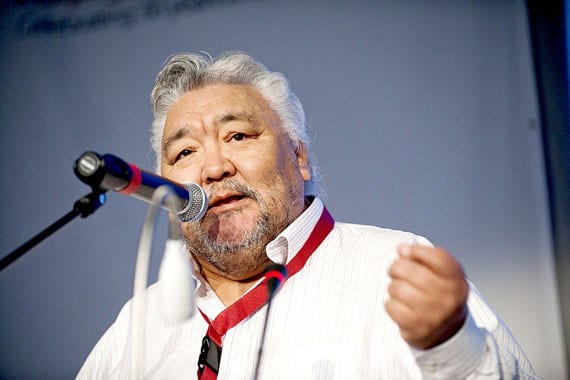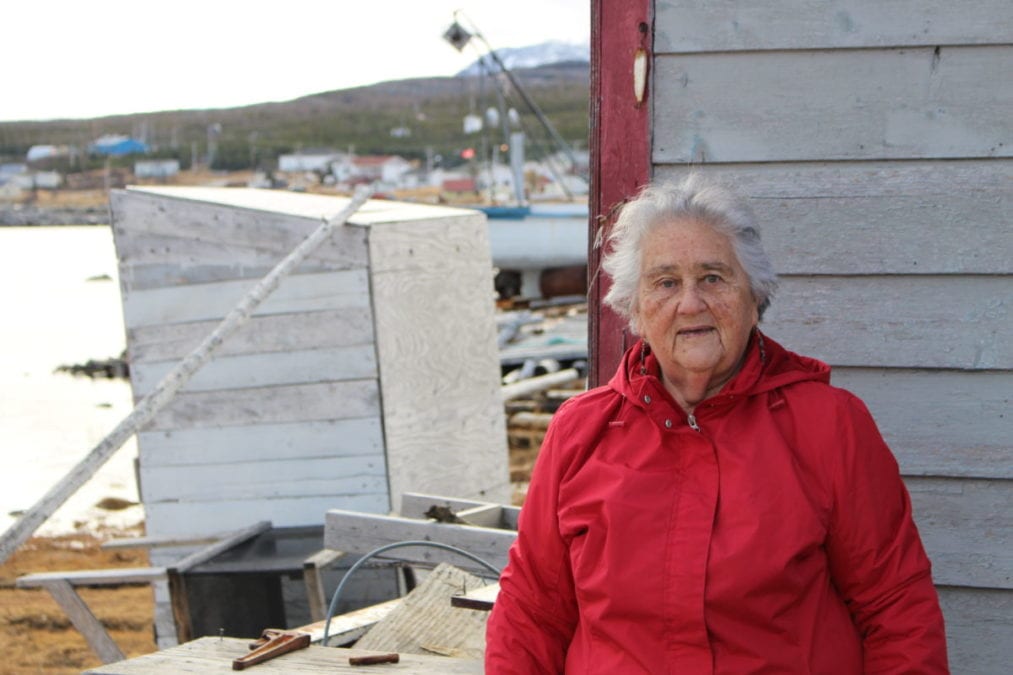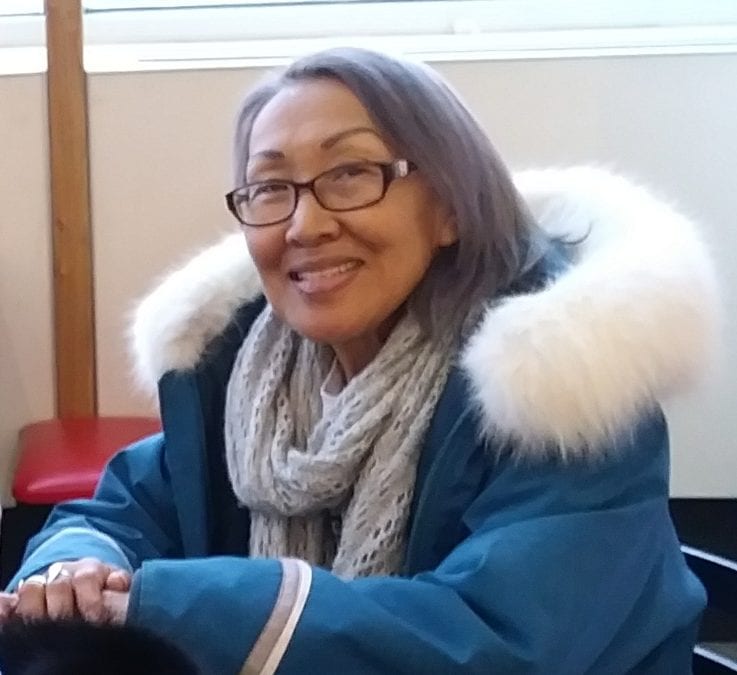This summer Inhabit Education Books created Qinuisaarniq: a program intended to teach Nunavummiut about the history and impacts of residential schools on Inuit. According to the Nunavut-based educational publishing company, this program also addresses issues related to policies of assimilation and other colonial acts that affected the Canadian Arctic.
Presently, the program includes three books by Inuit authors: Reflections from Them Days: A Residential School Memoir from Nunatsiavut told by Nellie Winters, On the Side of the Angels written by Jose Amaujaq Kusugak and Making a Whole Person: Traditional Inuit Education written by Monica Ittusardjuat.

Born on May 2, 1950, in Naujaat, Kusugak was part of the first generation of Inuit children who were sent to residential schools. "Then one day a ‘flyable’ took me away from our world through the sky to a dark and desolate place,” wrote Kusugak in his memoir.
Kusugak wrote about his experiences at residential school and their impacts, describing both the “bad times” and “good times.”
“For all the horrible stories, there are as many or more happy stories,” wrote Kusugak, who passed away in 2011.
In 2009, as part of a collection of residential school memoirs, Kusugak’s On the Side of the Angels was published by the Legacy of Hope Foundation. Since July 2020, the standalone version has become available through Inhabit Education Books, explained Jessie Hale, the managing editor at Inhabit Education Books.

In another memoir, Elder Nellie Winters from Okak Bay recalls life before, during and after residential school. At the age of 11, Winters was sent to Nain Boarding School – a residential school in Nunatsiavut.
According to Inhabit Education Books, Winters’ memoir accompanied by her illustrations “sheds light on the experiences of Inuit residential school survivors in Labrador.”
Winters said she hopes her book will provide the younger generation with an understanding of what Inuit had to go through at residential school.
“That's the only way I know my children will always remember me and know what we had to go through,” said Winters, referring to her memoir.

While both memoirs touch on issues related to residential schools, author Monica Ittusardjuat’s picture book describes how she learned knowledge and skills before being taken to residential school.
“Our family members taught us by showing us how to do something and explaining the steps. Then they would tell us to try it ourselves,” wrote Ittusardjuat. “We also learned by playing games.”
Ittusardjuat was sent to residential school at seven years old. She attended residential schools in both Nunavut and Manitoba.
To understand the impacts of the residential school system, children need a foundational understanding of what Inuit education looked like before residential schools were introduced, explained Hale.
All the books in the program are built on each other, said the managing editor.
“Books for younger readers discuss traditional Inuit education and other traditional Inuit ways of life so that when older readers read about residential schools and other colonial acts, they have a better understanding of how these changed life for Inuit,” said Hale.
All three books are available in English and may be purchased online at inhabiteducationbooks.com. Due to Covid-19, the publication of the Inuktitut versions has been delayed until either late 2020 or early 2021.